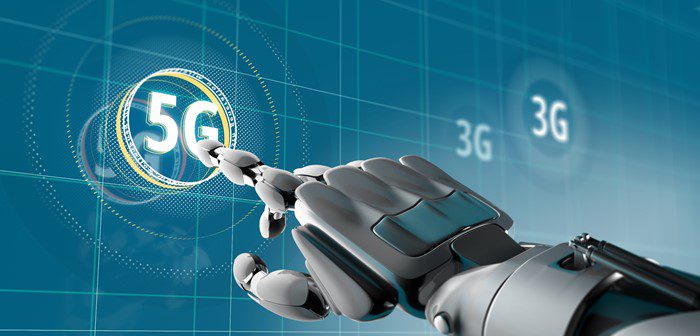Anyone attending CES 2019 knows that the hype around 5G is pretty omnipresent. But a Day 2 session at the Sky Suites in the Aria shed a lot of light into how 5G will transform the world of journalism, with a resounding impact on society at large as well. And after hearing what The New York Times’ executive strategy director at Story[X] Gabe Dorosz and lead of R&D Aharon Wasserman explained, the hype is pretty justified.
Perhaps the most astonishing aspect of 5G is that it will continue to evolve even after the hardware is fully installed. That’s a huge difference from generations 1 through 4. Even after 5G arrives, said Dorosz, it will only continue to get better, adding that the payoff on all the decisions the major telecom firms are making when building architecture is three to five years off, not today. “We’re just at the beginning of IoT revolution,” said Dorosz.
“We can imagine only one-third of what can happen with 5G,” he added, explaining that the sharing economy was conceived and built only after 4G came on the scene. The point is, we can only predict what will happen with 5G through a frame of reference of what we know today. “So that means two-thirds we can’t even predict.” Future of media probably looks completely different. Episodic TV will likely go away.
Wasserman talked about how the gap in quality between highly produced and high-quality video of the news and entertainment networks and consumer-generated content will disappear. Some of his predictions: Episodic TV will probably go away; large-scale live data journalism; and feedback from users/customers will truly become two-way in ways we can’t currently imagine. He walked through an example tested through 5G covering the recent royal wedding: using facial recognition technology, the Times employed reporters from the Style desk to add commentary about the people ID’ed in the footage. And users never saw the same information on a guest more than once.
What might this all mean for advertising? “In 5G, ads will be much more immersive and tailored to individual preferences,” said Dorosz. He argued it will create a future where advertisers can fulfill business metrics while delivering a far more sophisticated personalized experience.
The future is coming fast. And when it’s here, everything will not only be faster but apparently, it will be a lot more immersive too.



